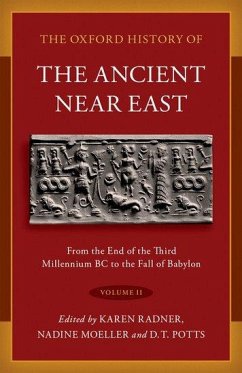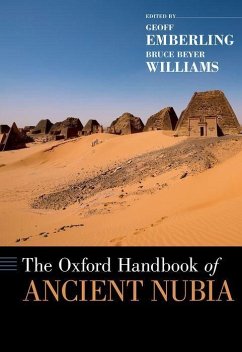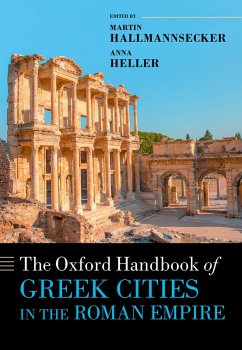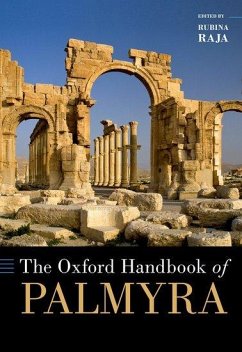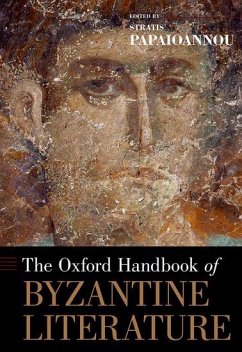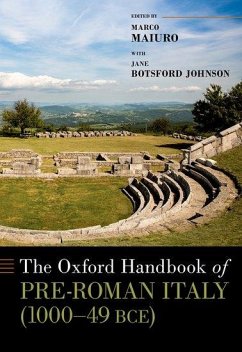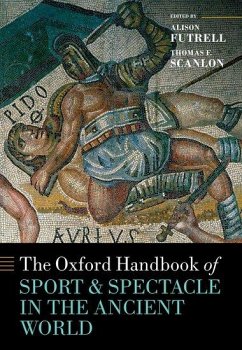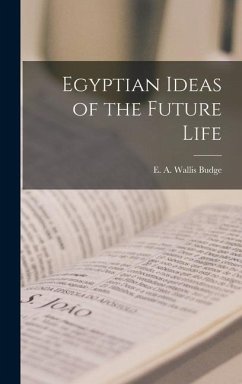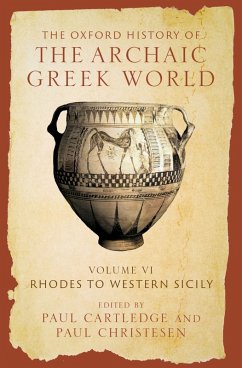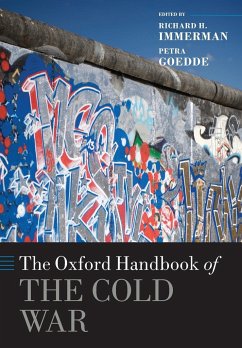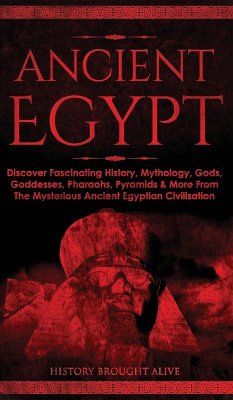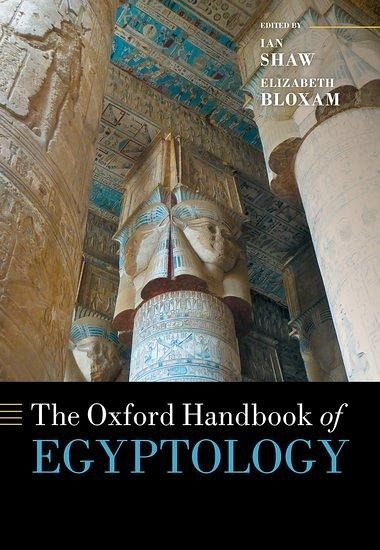
Gebundenes Buch
The Oxford Handbook of Egyptology
Versandkostenfrei!
Versandfertig in über 4 Wochen

PAYBACK Punkte
144 °P sammeln!




The Oxford Handbook of Egyptology offers a comprehensive survey of the entire study of ancient Egypt, from prehistory through to the end of the Roman period. Authoritative yet accessible, and covering a wide range of topics, it is an invaluable resource for scholars, students, and general readers alike.
Ian Shaw is Reader in Egyptian Archaeology at the University of Liverpool, as well as Visiting Professor in Egyptology at the Northeast Normal University in Changchun, China. He has excavated and surveyed at the cities of Amarna, Gurob and Memphis, the Valley of the Kings, and the ancient quarrying and mining sites of Hatnub, Wadi el-Hudi, Gebel el-Asr, and Wadi Hammamat. His publications include the edited volumes The Oxford History of Ancient Egypt (OUP, 2000) and Ancient Egyptian Materials and Technology (with Paul T. Nicholson; CUP, 2000), as well as The British Museum Dictionary of Ancient Egypt (with Paul T. Nicholson; British Museum Press, 1995) and Ancient Egyptian Technology and Innovation: Transformations in Pharaonic Material Culture (Bloomsbury, 2012). Elizabeth Bloxam is currently Visiting Professor in Egyptology at the Northeast Normal University in Changchun, China and has held an Honorary Research Associate post at University College London for the last ten years. Her research interests centre on ancient Egyptian society and technology with a particular focus on the social relationships and organization surrounding resource procurement in Egypt and the Eastern Mediterranean. She has directed multidisciplinary surveys and excavations in several ancient quarrying and mining sites in Egypt, including a current project in the Wadi Hammamat, and has published widely in international journals including World Archaeology, Journal of Social Archaeology, Cambridge Archaeological Journal, Journal of Egyptian Archaeology, and ArchÃ(c)o-Nil.
Produktdetails
- Verlag: Oxford University Press
- Seitenzahl: 1312
- Erscheinungstermin: 10. Januar 2021
- Englisch
- Abmessung: 249mm x 178mm x 67mm
- Gewicht: 1864g
- ISBN-13: 9780199271870
- ISBN-10: 0199271879
- Artikelnr.: 59862112
Herstellerkennzeichnung
Libri GmbH
Europaallee 1
36244 Bad Hersfeld
gpsr@libri.de
Für dieses Produkt wurde noch keine Bewertung abgegeben. Wir würden uns sehr freuen, wenn du die erste Bewertung schreibst!
Eine Bewertung schreiben
Eine Bewertung schreiben
Andere Kunden interessierten sich für


